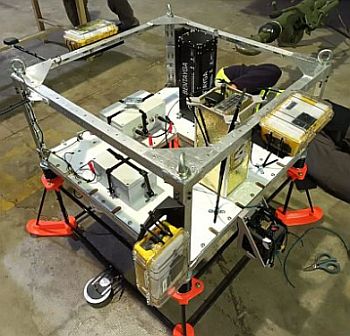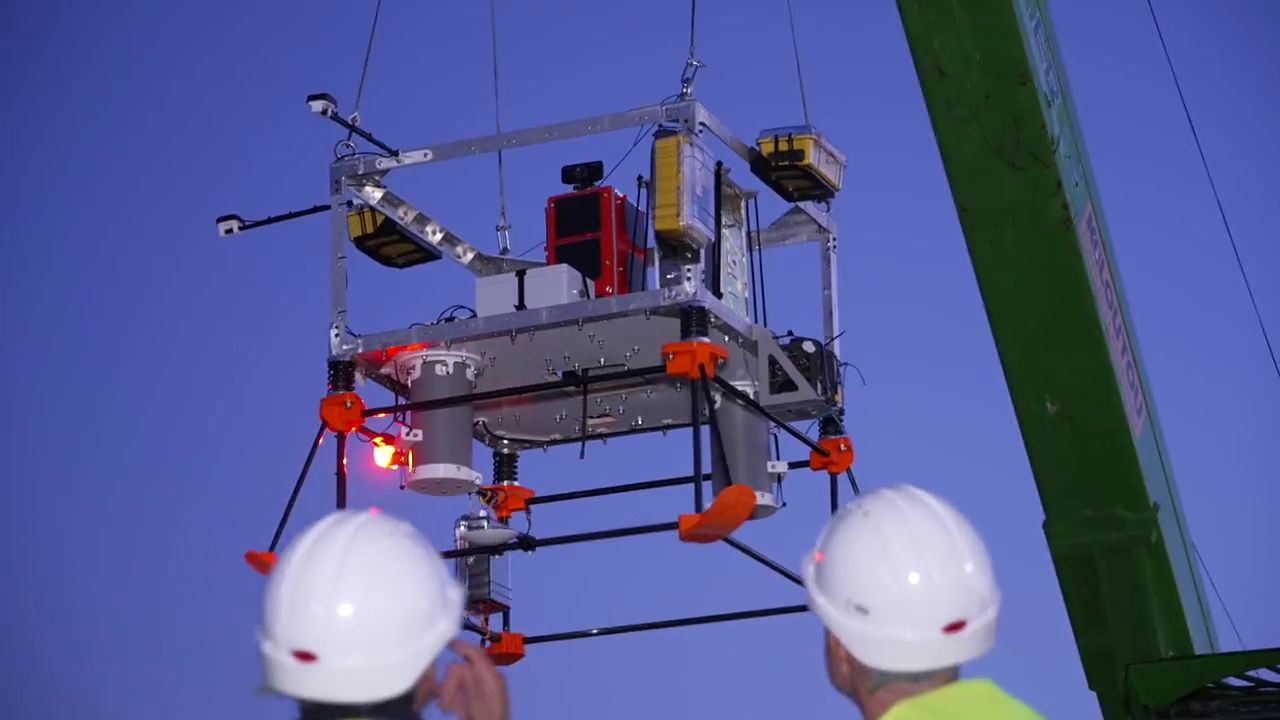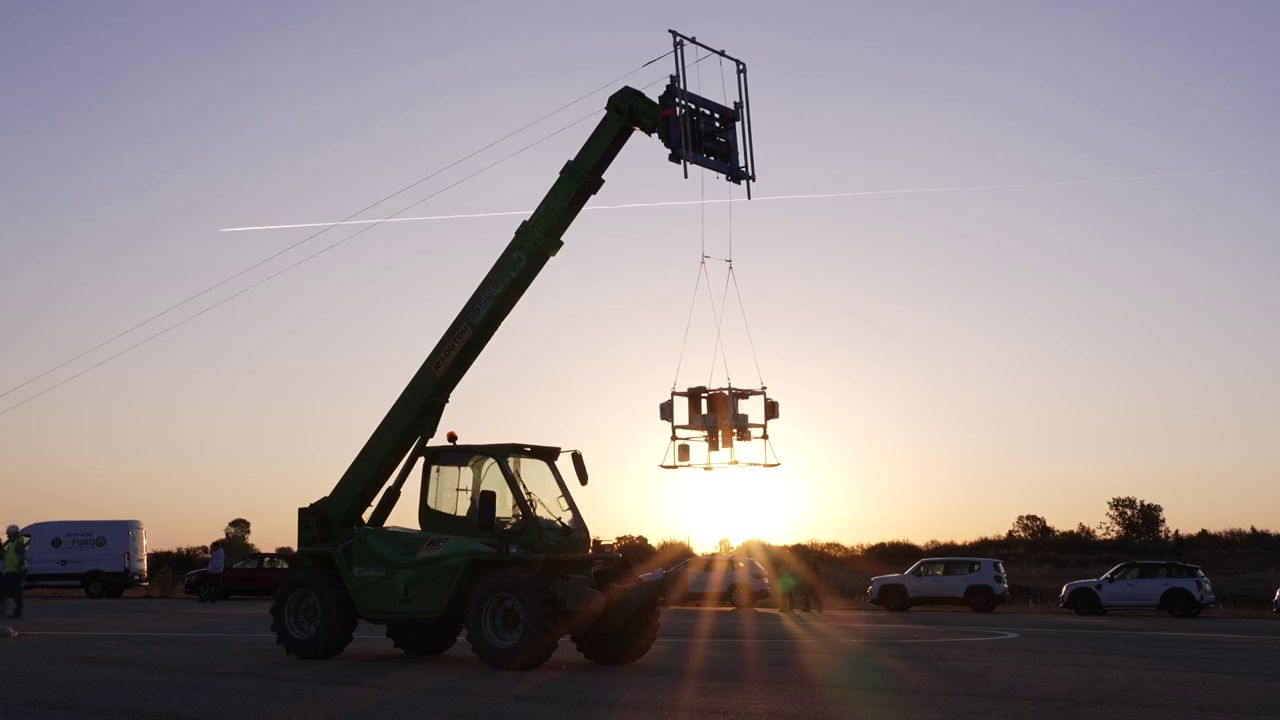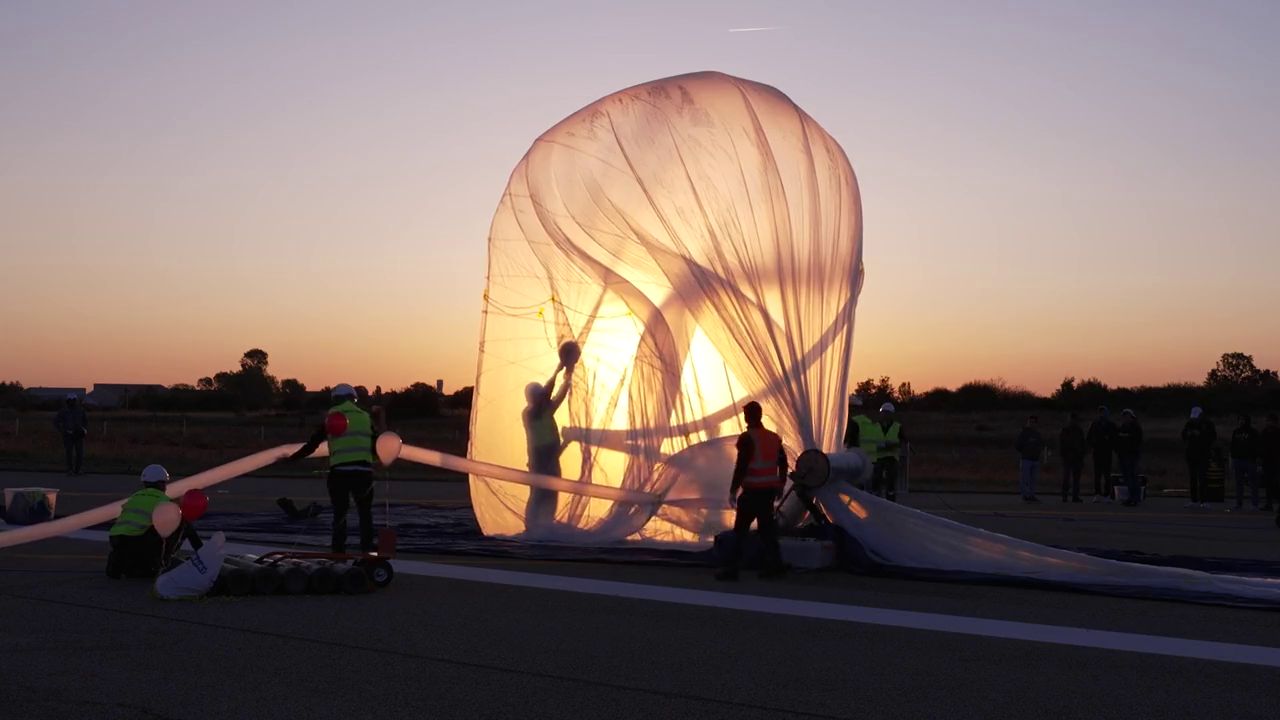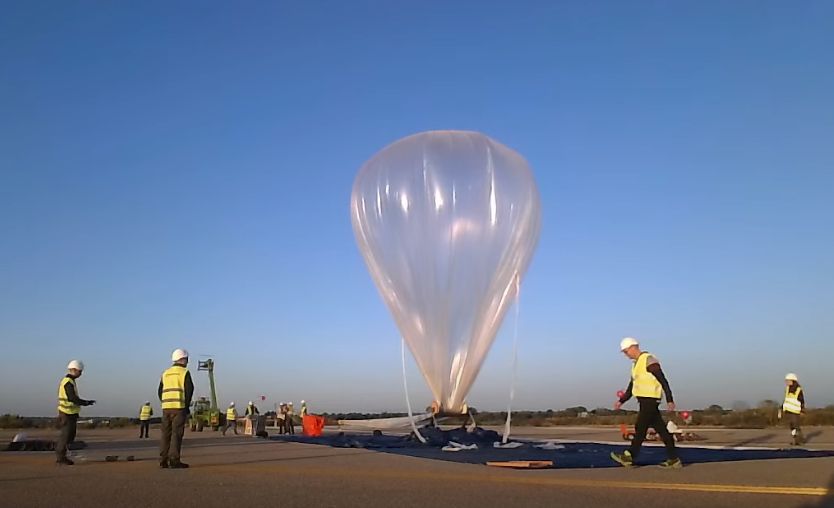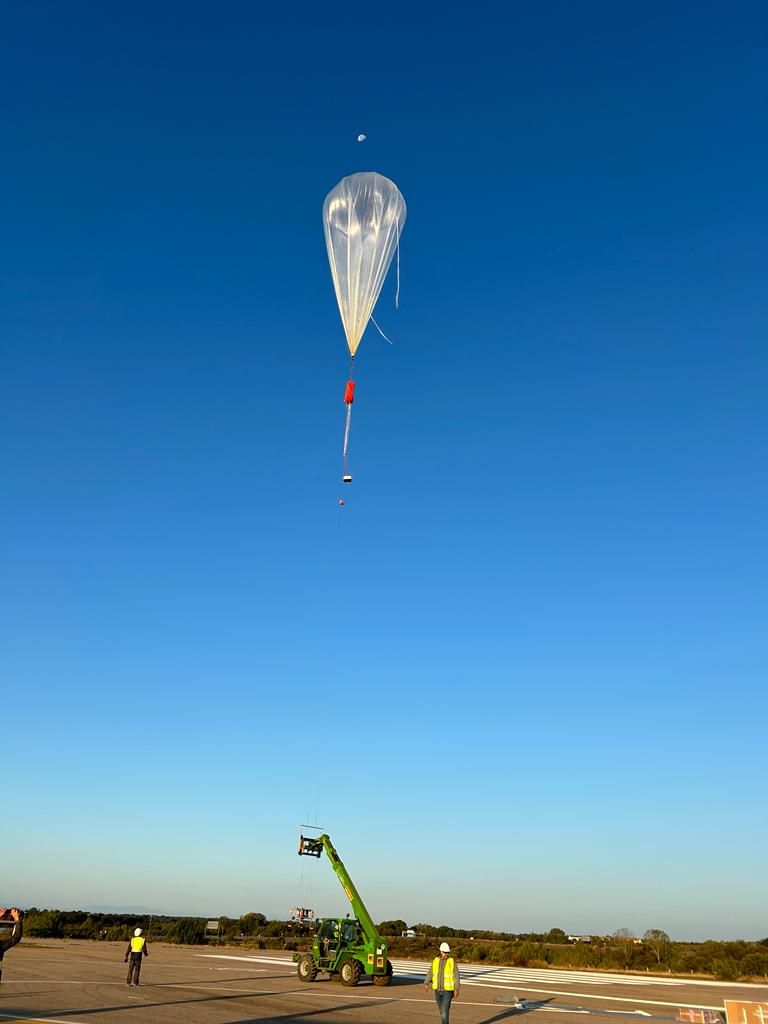Purpose of the flight and payload description
The launch was performed under the BLUE JAY inititaive by B2Space a firm that provides balloon launch services for Universities and private customers. The BLUE JAY program engages with universities worldwide to provide students with unique opportunities to learn, develop their skills, fly and test their experiments in near space.
The objective of the program is that, through a semester of the academic year, the students will work towards designing a CubeSat to perform a mission of their choice (earth observation, environment control, communications, etc.), build the experiment and perform ground tests of the equipment and finally fly their CubeSat in a Stratospheric flight at around 30 km of altitude performed by B2Space. In the image at left we can see the flight gondola with all the experiments installed (Click to enlarge).
The payloads included in this flight were:
The BENTAYGA experiment, designed by a team of the University Institute of Applied Microelectronics (IUMA) of the University of Las Palmas de Gran Canaria (ULPGC), which aims to develop a nanosatellite for the observation of the marine environment. The cubesat is equipped with a multispectral camera that can capture images in the visible and near-infrared range, and process them on board to detect contaminants in the ocean. The project is funded by the Gran Canaria Economic Promotion Society (SPEGC) of the Island Council. This portotype constitutes the first phase to validate the technology developed in the IUMA laboratories, before seeking funding to put the satellite into an orbit at more than 300 km altitude.
The COSMOSAT-1 experiment developed by the Universidad Rey Juan Carlos which consisted in a technology demonstrator for energy transfer in orbit using microwaves.
The BWSAT developed by N Space Tech from India in collaboration with Brainworks International School, Myanmar is aimed to collect various parameters of the atmosphere using six sensors for temperature, pressure, humidity, altitude, CO2, magnetic strength and collect flight data. Along with these, two camera payloads for image and video and a GPS payload have been set up.
Finally the students of Alfonso X el Sabio University mounted on board a microsatellite to study the effects of climate change, collecting data and images of forest masses, crops in the region and suitable locations to optimize the expansion of photovoltaic projects.
Video footage of the live stream for the launch
Details of the balloon flight
Balloon launched on: 10/4/2023
Launch site: Virgen del Camino Airport, León, Spain
Balloon launched by: B2Space
Balloon manufacturer/size/composition: Zero Pressure Balloon
End of flight (L for landing time, W for last contact, otherwise termination time): 10/4/2023
Balloon flight duration (F: time at float only, otherwise total flight time in d:days / h:hours or m:minutes - ): 2 h 39 m
Landing site: N of Gordaliza del Pino, Leon, Spain
External references
- B2Space website
- COSMOSAT-1 website Universidad Rey Juan Carlos
- El IUMA lanzará el 4 de octubre un satélite para monitorización de los océanos Universidad de Las Palmas de Gran Canaria, España
- Fly Your Cubesat US Universidad de Sevilla
- Los estudiantes de Alfonso X el Sabio lanzan un microsatélite con la ayuda de B2Space Diario de Sevilla
- N Space Tech website
- Tenali girl gears up to launch CubeSat BWSAT into stratosphere New Indian Express
16351If you consider this website interesting or useful, you can help me to keep it up and running with a small donation to cover the operational costs. Just the equivalent of the price of a cup of coffee helps a lot.

